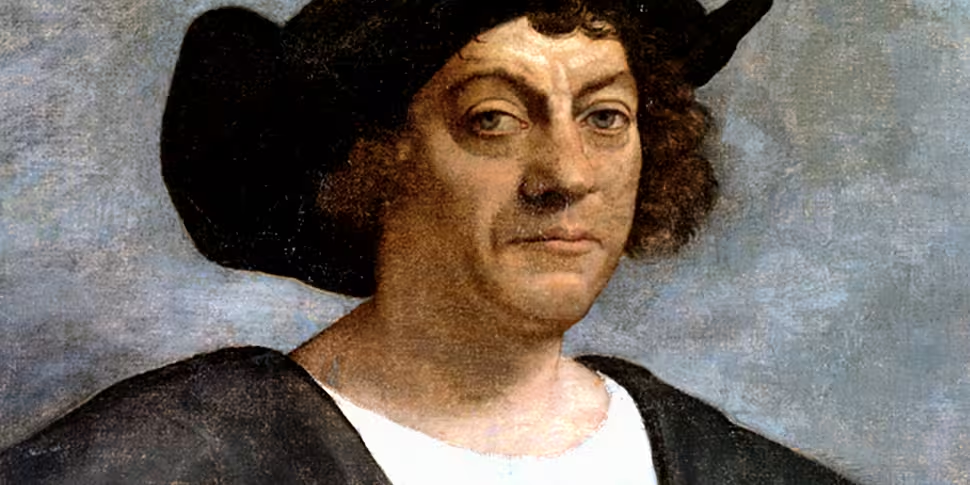Archaeologists in the Caribbean believe they have found the wreck of the flagship of Christopher Columbus. The Santa María was lost off the north coast of Haiti over 500 years ago, as the Spanish expedition to find a new passage to Asia inadvertently discovered the Americas.
So far researchers have been measuring and photographing the site. If the wreckage is confirmed, it could be one of the most important discovery in years.
Underwater explorer Barry Clifford led a team that found and investigated the wreck, and says he is confident it is genuine.
"All the geographical, underwater topography and archaeological evidence strongly suggests that this wreck is Columbus' famous flagship" he said.
The Santa María, seen here as a drawing, sank back in 1492
The 'smoking gun' that led him to believe the ship is the Santa Maria is a cannon of 15th century design that was found at the site.
"It is the Mount Everest of shipwrecks for me. This ship changed the course of human history" he told CNN.
The Santa Maria was the flagship of a small fleet that set sail from Spain in August 1492, along with the Pinta and the Niña, under instructions from the King and Queen of Spain.
Columbus explored the northeast coast of Cuba and the northern coast of Hispaniola (modern-day Haiti and the Dominican Republic), where the Santa María ran aground on Christmas Day, 1492 and had to be abandoned.
Reports says this latest discovery is the right location in terms of how Columbus described the wreck in relation to his fort, and is also an exact match in terms of historical knowledge about the underwater location of the ship.










